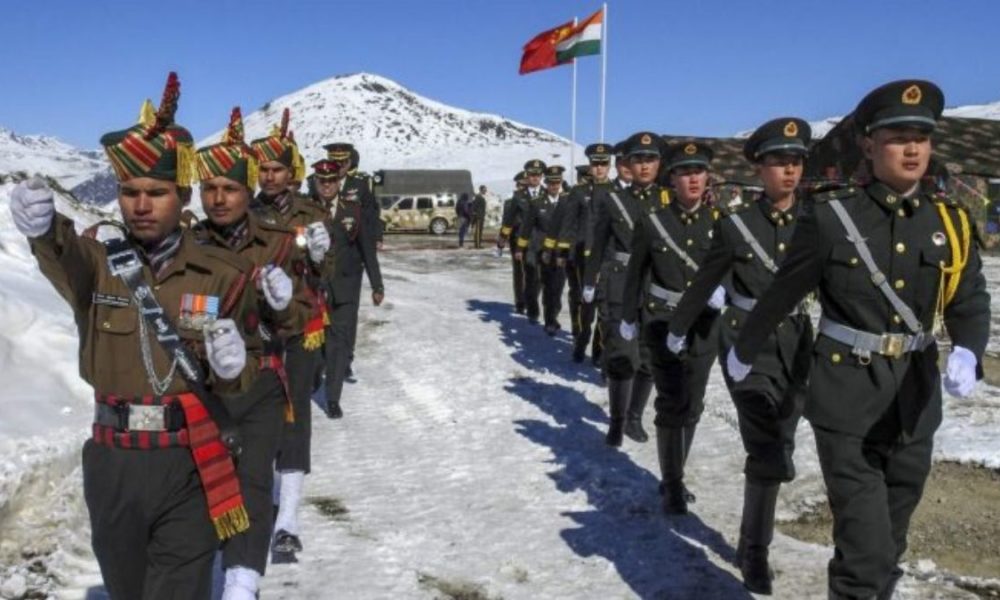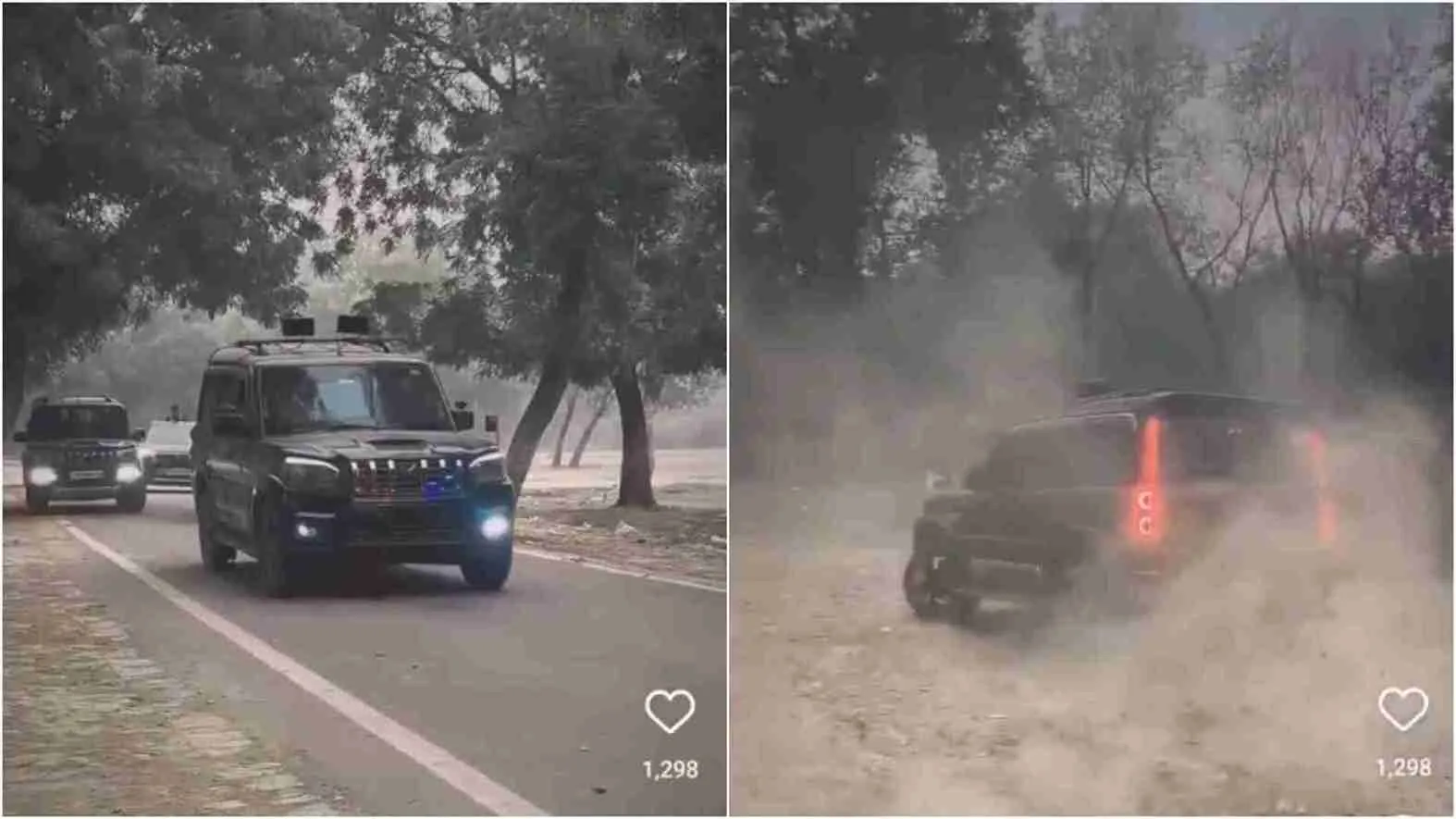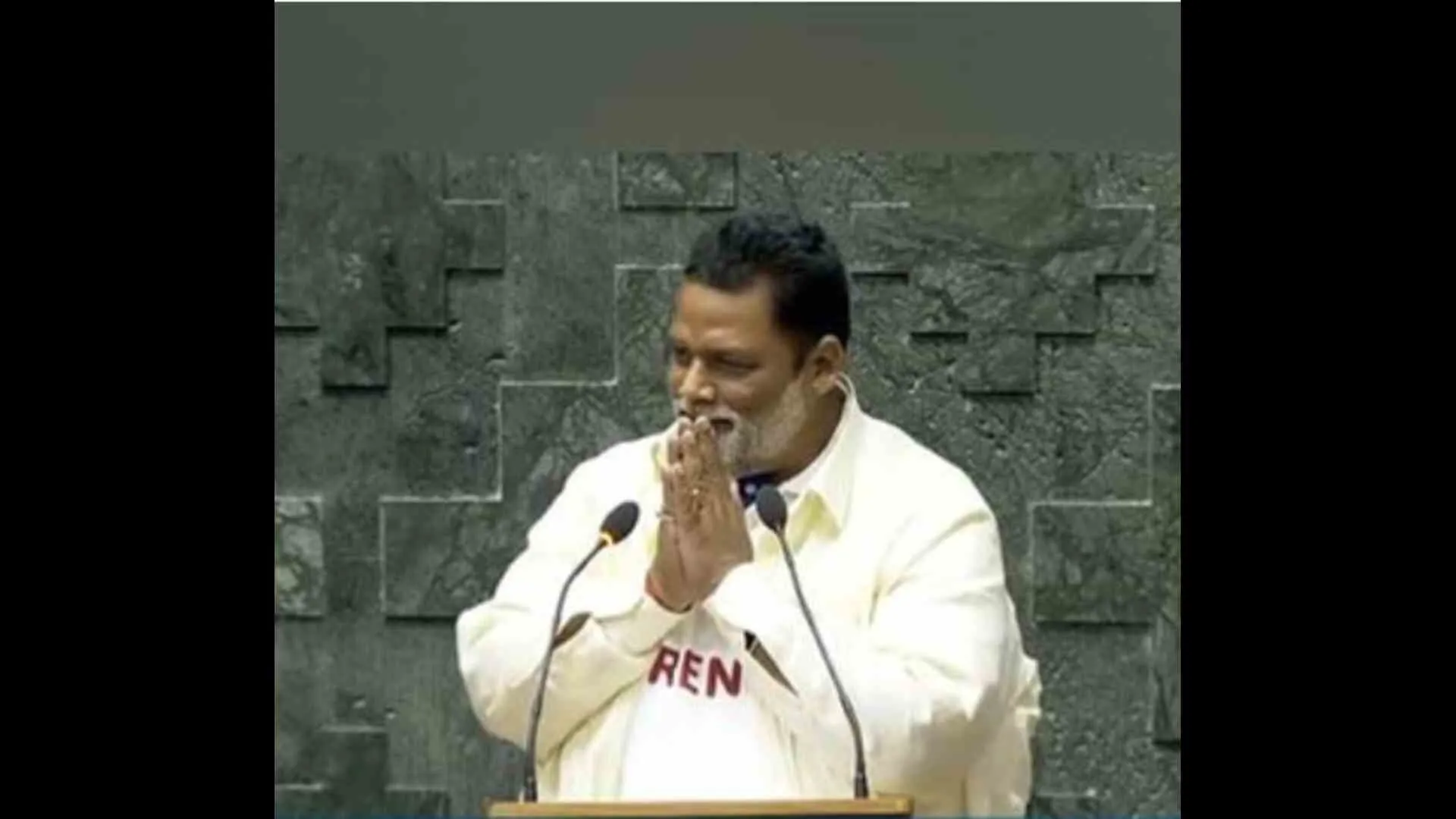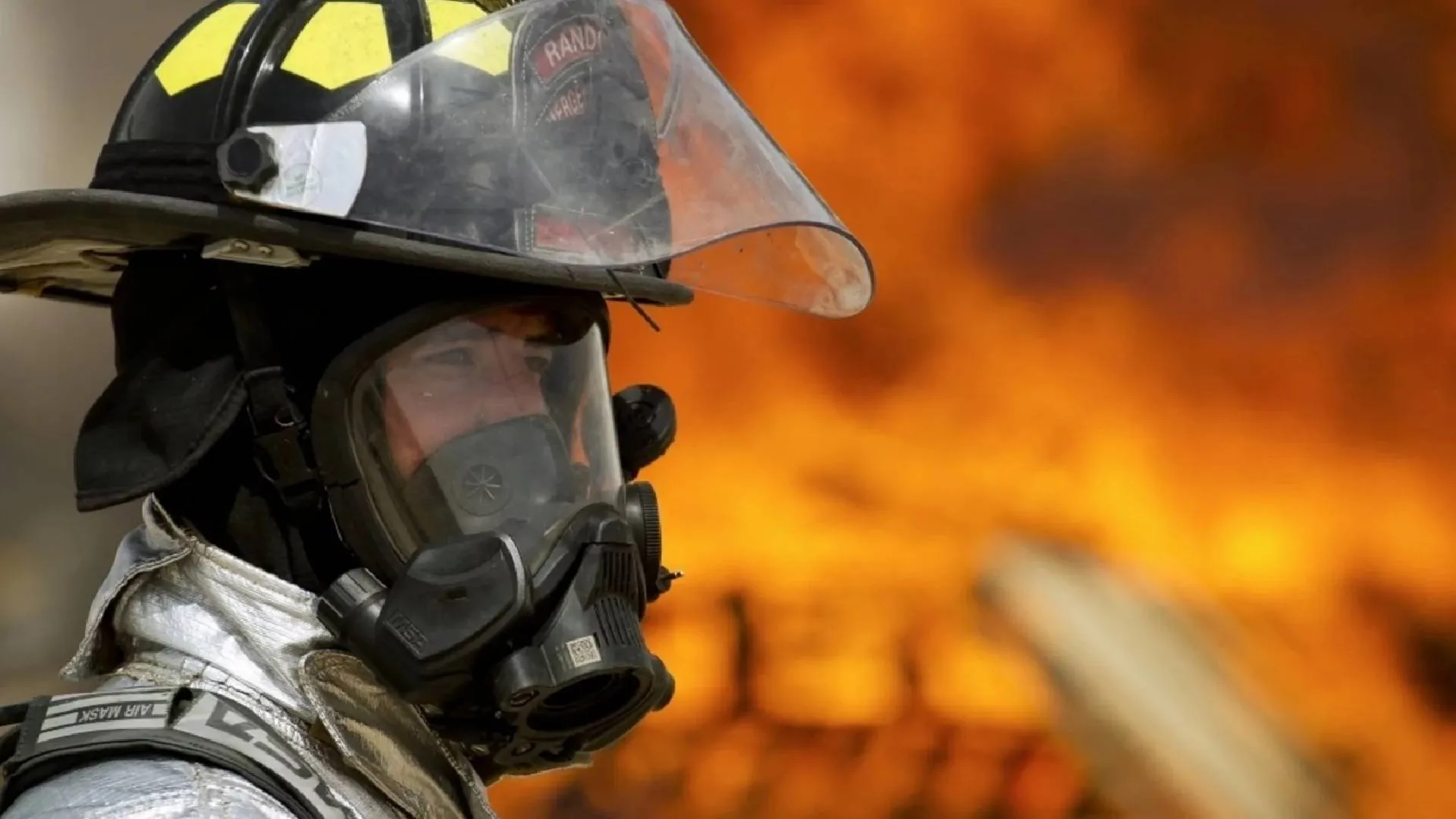The old proverb, “Empty vessels make the most noise” fits aptly on Hu Xijin, editor- in-chief of Global Times (GT), China. Following the Foreign Minister-level talks, Xijin tweeted that “PLA is prepared to strike against Indian troops.” He went on to add that PLA was ready to strike a heavy blow to Indian troops. The statement was followed by a series of articles indirectly threatening India to acquiesce to Chinese stand or else face the consequences which would be detrimental to Indian interests. Some excerpts from a GT article are, “India has no chance of winning the LAC war.” Likewise, another ex- tract from the same article reads, “We must remind the Indian side that China‘s national strength, including its military strength, is much stronger than India’s… If a border war starts, India will have no chance of winning.”
Selective memory
China needs to be reminded of ground realities of Ladakh region, which is characterised by High Altitude Area (HAA) to Super High Altitude Area (SHAA) terrain demanding extraordinary standard of physical endurance, a quality which reportedly is lacking in PLA soldiers who are mostly hailing from urban areas. While the Chinese media continues to target India through information war by highlighting their victory over India in 1962, it fails to recollect the humiliating defeat of 1967. PLA suffered 340 killed and 450 injured at the hands of Indian Army. In comparison, 88 Indian Soldiers were killed in action and 163 injured. Also, it has glibly blanked out the severe blow inflicted by Indian Army on PLA soldiers in Galwan clashes. As per US intelligence reports, 35 soldiers including several officers of PLA were killed/injured in the incident. Some sources peg this number at 45.
The Fallacy of Type 15 Light Tanks: It has been flaunting its light Tank Type 15 as the game changer in Ladakh but seems to have overlooked that tanks are of very limited value in the rugged HAA and SHAA mountains. Light footed all pervasive Infantry with its missiles and rockets will play merry hell with the thinly armoured so called light tanks of China. Every fold of the ground in the Indus and Spanggur valley will become an obstacle for the Type 15 tanks. We must also not forget that it is a challenge to operate and maintain these tanks at SHAA of Ladakh due to the extreme cold climate. It is no brainer that India has an edge over China in this domain as well. Moreover, Type 15 tanks weigh 33 tons and when fully loaded would touch 35 tons. By no stretch of imagination, they can be termed as light tanks. The slow moving tanks will be dead ducks for our infantry men. Further, India also has been able to induct its T72 and T90 tanks in the region. Moreover, we must not forget that Type 15 tanks of the Chinese do not have any battle experience unlike the Indian T 72 and T 90s. Combination of Infantry and T 72 will cause havoc in the Chinese camp for sure.
Battle Hardy and Seasoned Indian Troops: Someone also needs to re- mind the Chinese of the fate PLA met in Vietnam in 1979. When faced with battle hardened soldiers like that of India and Vietnam, Han soldiers predominantly hailing from urban areas will wilt under pressure. The Battle of Pork Chop Hill with Vietnam seems to have faded from the memory of PLA Commanders. Chinese do not seem to consider that Himalayas have a way of teaching a lesson to armies that disregard its might especially when confronted with highly spirited, motivated and battle-scarred soldiers from India. Battle worthiness of Indian soldiers is unmatched in comparison to China. Indian Army has been fighting an ongoing proxy war with Pakistan for the last three decades in J&K. It is successfully operating on the highest battlefield of the world Siachen since the mid-80s and fought three successful wars post 1962. Its valour on the super high altitude Kargil Mountains where even walking is a challenge leave aside fighting with full battle loads remains unmatched by any army in the world. What makes the Indian army stand apart from the others is its strong regimental spirit, absolute loyalty towards the nation and never say die spirit. On the contrary, chocolate soldiers of China have never seen a conflict since 1979. That India will win easily is a foregone conclusion which is not based on nationalistic rhetoric but on irrefutable and logical military arguments enumerated in succeeding paragraphs.
Logistics infrastructure
Estimated Current Force Levels: As per some open source reports, China has amassed over two Divisions in the Sector. Further based on the reported movement of vehicles in the last few weeks opposite the Ladakh Sector, we may safely assume that China would enhance the numbers to 3 to 4 Divisions. It has also inducted additional tanks, artillery, and aircrafts opposite us. However, are they prepared logistically? We also need to consider that China does not mobilize such large troops in this sector as a matter of regular practice. They were forced to do so as a reaction to an unexpected level of resistance displayed by the Indian Army digging its heels duly supported by national leadership which did not buckle down to Chinese pressure. Hence, there would be a need to undertake logistics preparation before the troops can be launched into operations. Is the available time – frame and the exist- ing infrastructure adequate to undertake a pre-winter operation extending into the harsh winters of Ladakh? A dispassionate analysis of Chinese logistics capability will provide the correct answer to this question.
Availability of Roads and Logistic Staging Areas: China has built six logistic bases that support the Ladakh Region along the sole road artery [G219] that feeds the region. These are starting from the north Zaidullah [Can support two Divisions], Dahong Luitan [Can support two Divi- sions], Rudok [Can support one Division], Shiquanhe [Can support one Division], Kangsiwar [Can support one Division] and Noh [Can support one Division].
These logistic bases are connected by radial roads emanating from G219 to nine forward staging areas. The forward staging areas are starting from the North, TWT, Piu, Khurnak Fort, Dorje Kunjam, Maldo, Gar Gungsa (GordZong), Tashigang and Nupuk. These staging areas are 80- 150 km from the main road artery G219 and capable of supporting two Brigades to a Division. From the forward staging areas, multiple roads are available to support the forward troops. On the face of it, the logistic infrastructure appears flawless and well planned. However, a careful analysis will reveal several constraints in the Chinese logistics supply chain.
Firstly, the entire logistics is based on a single road artillery G 219. Further, large distances lead to greater turnaround time upto these mother depots. Hence, they need greater time to stock. Secondly, G 219 though claimed by China to remain open throughout the year, as per some defence experts is prone to major closures sometimes extending to 10 to 14 days due to harsh weather conditions during the winters. Thirdly, while the connectivity between the forward staging areas to forward troops is good, the forward staging areas themselves are connected by mostly single roads from G 219. This restricts the Chinese logistics supply chain between mother bases on the G 219 and the Forward Staging areas. Fourthly, the nine forward staging areas are a choke point and ideal targets for IAF to disrupt their supply chain. Fifthly, it also necessitates sequential application of forces along these radials. On the other hand, India has multiple connectivity to the Ladakh sector now. Although these roads close during winter, with construction of the Atal tunnel and another all- weather road from Darcha to Leh, this problem has been permanently taken care of. Further roads forward of Leh have now been upgraded and are open throughout the year. These roads only see closure for a very – very short duration due to heavy snowfall. In addition, the Indian air heads in the Ladakh region remain operative almost throughout the year.
Forward Road Connectivity: China has developed five laterals in its most vulnerable and highly sensitive Aksai Chin area. First being to Depsang Plains (areas of PP 10, 11, 11A, 12 & 13). Second to Galwan Valley (PP 14). Third to Hot Springs/Gogra (PP 15 & 17A). Fourth to Pangong Tso North Bank (till Finger 4) and fifth to Pangong Tso South Bank (almost till opposite of Finger 4, where an additional road from Rudok to Spanggur also exists). India with its revised policy is hastening rapid border
infrastructure development. Activation of the DBO airfield and completion of the DSDBO Road, and connectivity in other sectors is unsettling the Chinese. The Chinese see the development of our border road infrastructure as a threat to Aksai Chin. In short, it is advantage India when we superimpose our better fighting capability both by ground forces and the AF.
Air Bases: Seven active air bases are located in Xinjiang and Tibet that will come into play for operations against India. These are Hotan, Gar Gunsa, Kashgar, Hoping, DkonkaDzong, Linzhi and Pangat. Reports suggest that all these airbases have been active in the recent past suggesting that China is still short of being fully ready to take on India in a conventional face off for the time being. Further, given the altitude of these airfields fighters as well as the transport aircrafts will suffer a major load penalty. On the other hand, Indian Aircrafts will take off from air fields located in the plains and would be able to deliver greater TNT on the Chinese. Adding to the problem of high altitude are the large distances of Chinese air bases from the forward staging areas, which will pose a serious challenge in maintaining the forward troops. India on the other hand will operate over shorter distances with forward air heads being much closer to the forward troops. So what India lacks in numbers is compensated in better operating conditions and capabilities? China is conscious of this differential and hence eager to seek a diplomatic solution to the current face off, a fact substantiated by its eagerness to seek RM and EAM level talks with India during the SCO summit to resolve the current face off.
Weapons Equipment and Armaments: The common perception created by numerical data may give an impression that China has an edge on this issue. However, India has been quietly working towards building its stocks and making up its deficiencies to sustain a conflict in harsh and active winters from the time current face off commenced with the Chinese. It has been taking steps to make sure that our troops are fully geared and equipped to face the challenges posed by an adversary blinded by simplistic numerical comparisons.
Game not over till last ball
India is a peace-loving nation and firmly believes in peaceful growth of the entire world in the spirit of Vasudhaiva Kutumbakam. But if forced to go to war it will not hesitate to fight as it is geared to meet all contingencies. While India and China may not be at par in overall comprehensive national power calculated by social scientists and inter- national relations scholars, intangibles such as human factors, dedication, commitment, and local conditions have the potential to alter the outcome of a military conflict. Locational advantages, external support, terrain and weather conditions if exploited well by a country will produce unexpected results. India enjoys that advantage in Ladakh and its leadership at the national level and military at the operational level is will- ing and fully geared to do so. In comparison, Xi appears driven by personal ambition of being the next great leader of China after Mao even if it means putting his country in danger of losing its hard earned position in the comity of nations.
Lt Gen Dushyant Singh (retd) has served in varied terrains and theatre of operations, in India and in the UN as Military Observer. He has commanded an Infantry Battalion, Brigade and a Division in Jammu and Kashmir. He is currently Professor Emeritus Defence Studies at Gujarat Raksha Shakti University.






















